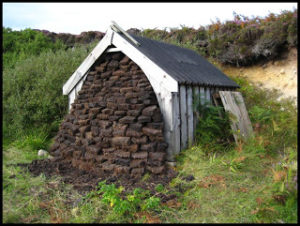Energy storage
2 May 2018Since burning fossil fuels became the norm following the industrial revolution they have provided flexibility in the supply of energy. Whether for motive power, heat or light; fossil fuel can be stored as a solid, a liquid or a gas until the energy is required. As we move away from fossil fuels and with more energy coming from renewables which often generate on a schedule dictated by the good old Scottish weather the need for other energy storage technologies is increasing. This provides opportunities for those with generation assets and for consumers of energy which will only increase as the country’s distribution networks become “smarter” and more flexible and transport and heat moves away from fossil fuels.
Future pricing structures will enable greater value to be realised from energy supplied to meet peaks of demand and conversely will facilitate the purchase of energy at lower rates when demand falls short of generation. Further income streams will be available from the provision of balancing services to the organisations who manage the local and national electricity systems. Contracts for balancing services are currently difficult to access for smaller players but this will become easier as market reforms are introduced.
One way into this market is to contract through an aggregator who can control multiple small installations simultaneously and remotely following a request from the system operator. As well as controlling storage facilities in this way balancing services can also be provided by turning down demand during peak periods to reduce the load on the system.
Further information on these issues is available in FAS Technical Note TN704 available here.
Our thanks to Derek Mayes and Sian Thomas for the use of the photo.
Sign up to the FAS newsletter
Receive updates on news, events and publications from Scotland’s Farm Advisory Service


